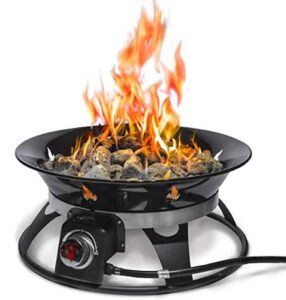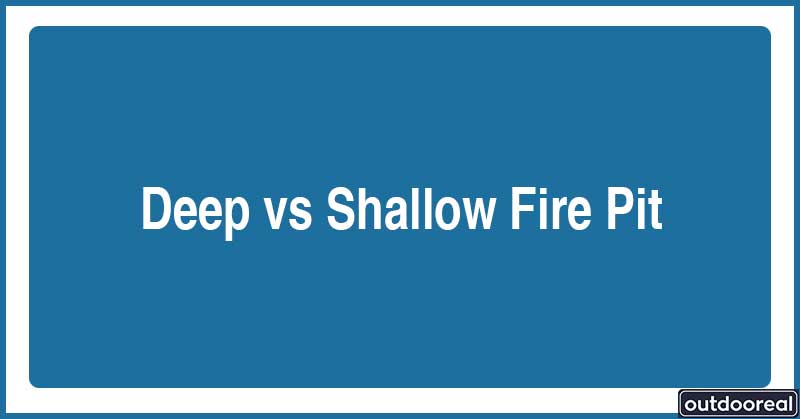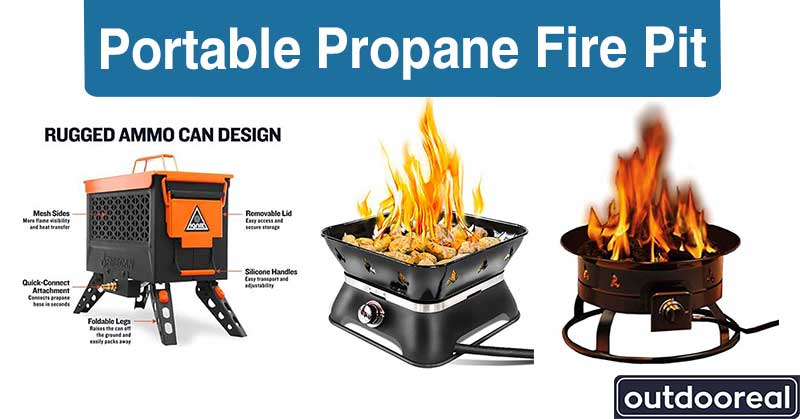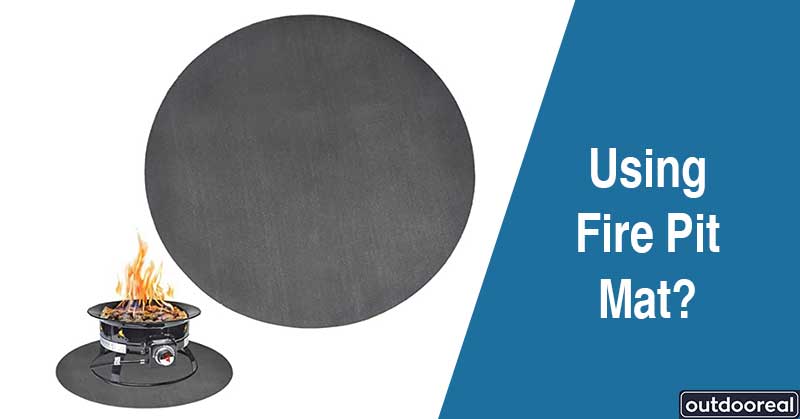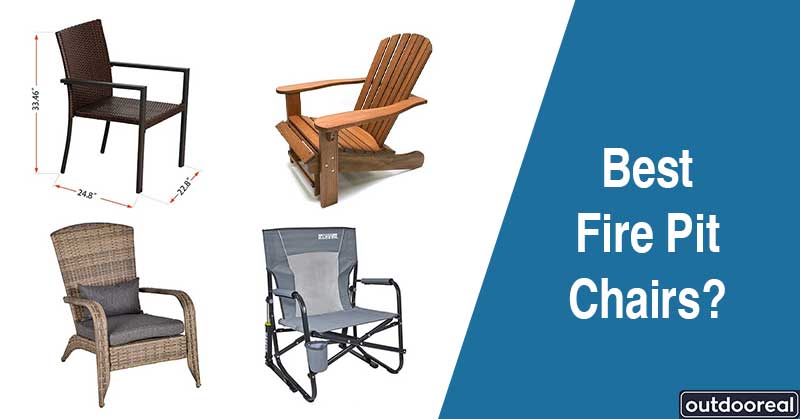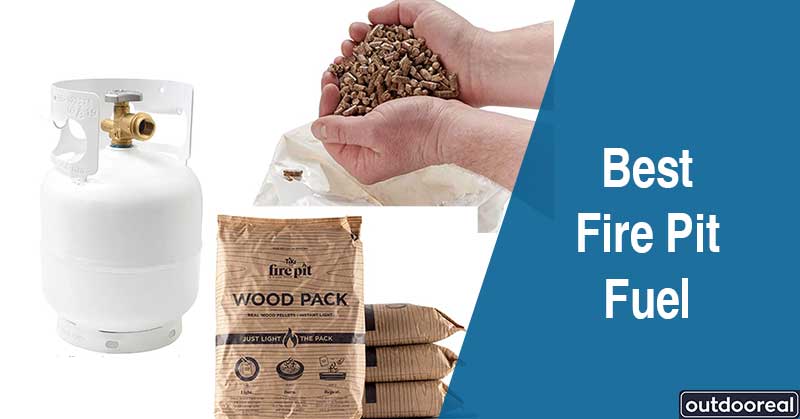Yes, propane gas fire pits are comparatively safer than wood-burning fire pits. They can be used indoors and outdoors; furthermore, they do not produce any ember or spark, which is why many unwanted fire accidents occur.
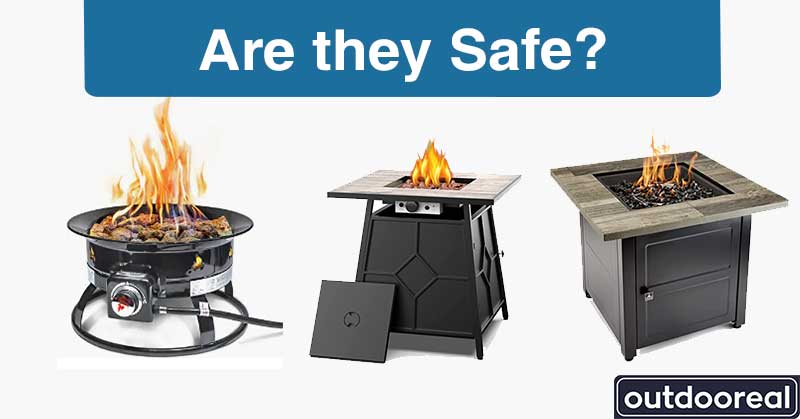
How Safe are Propane Fire Pits?
Gas fire pits are safer because the fire can be controlled easily. Even if the fire is too high, you can lower it instantly. In addition, it does not produce embers or sparks. You can enjoy propane fire pits indoors and outdoors.
However, the gas leakage or any leakage to the fuel pipeline may give birth to a severe fire disaster. Also, propane fire pits produce harmful Carbon monoxide in enclosed places, which is very detrimental to health.
Safety Chart Regarding Places
Indoor:
Propane fire pits are not entirely safe indoors because they give off Carbon monoxide, which is very harmful to health. Also, gas fire pits require massive ventilation to function safely.
On a Screened-in Porch:
Gas fire pits are pretty safe on a screened-in porch. However, the screened-in porch must have enough ventilation and airflow in-out facilities. Also, the guidelines of CSA for wall and ceiling minimum distance from fire pit clearance needs to be met in a screened-in porch.
On a Covered Porch:
Propane gas fire pits can be used on a covered porch by maintaining the CSA guidelines. The minimum height of the ceiling from the fire pit should be 80 inches.
Under a Tent:
Please do not use a propane fire pit under a tent because it will produce highly toxic gas, and the chance of catching fire is enormous in a tent.
In a Gazebo:
It is better to avoid using any fire pit under the pavilion. However, propane fire pits can safely operate under a gazebo but ensure proper ventilation.
In a Pergola:
Pergolas tend to have proper ventilation; propane fire pits are fine to use under them. Though make sure the ceiling and wall clearance is met.
Covered Patio:
It is better not to use any fire pit in an enclosed space, as it will produce harmful carbon monoxide, which is detrimental and dangerous to health. However, you can use a natural gas or propane fire pit if the ceiling distance requirements by CSA are met.
On Grass:
Yes, you can enjoy a gas fire pit on grass; make sure you use a heat pad or base under the fire pit.
On Deck:
Gas fire pits can be placed over the certified fire and heat damage-resistant deckings. Also, before using a fire pit, check if the wall and structure minimum distance requirements are met.
You can check our detailed article on- How to use a fire pit on wooden/composite deck safely?
[You may also like: What type of fire pit is the safest of all?]

Safety Precautions You Must Take
Having the benefit of a propane fire pit is a blessing; it is portable and easier to maintain simultaneously. However, though gas fire pit advantages are numerous; still, you will need to keep some safety precautions to avoid severe fire disasters.
Follow the below safety tips for a propane fire pit:
- Always place the fire pit by maintaining safety guidelines and minimum distance.
- Do not burn anything on the fire, for example, paper, waste material, leaves, etc.
- Check the pipelines and fuel connections
- Put a fire extinguisher, sand, water, etc., nearby while enjoying the fire.
- Clean the surrounding area
- Do maintenance cleaning properly every month
- Put away the fire carefully, and for safety, turn off the gas supply after usage.
Is it Safe to Cook/Grill Over a Propane Fire Pit?
The answer is, yes, you can cook or grill over a propane fire pit, but check for your fire pit model. Not every model s suitable for cooking or grilling. The cooking-type fire pits are equipped with a cast iron pan or grilling slot; you can grill your favorite marshmallow or hot dog in the fire.
However, please do not put the foods over fuel holes, which may clog it and cause the fire pit to malfunction.
How Much Minimum Ventilation does a Propane Fire Pit Need?
Propane or gas fire pits need a minimum of 20 square inches of ventilation. The fire pit should be closer to the ventilation sources. It mainly depends on the BTU size of the fire pit.
For example, a propane fire pit should have at least three square inches of ventilation for every 10,000 BTUs of heat output. This means that a fire pit with a heat output of 40,000 BTUs would need at least 12 square inches of ventilation.
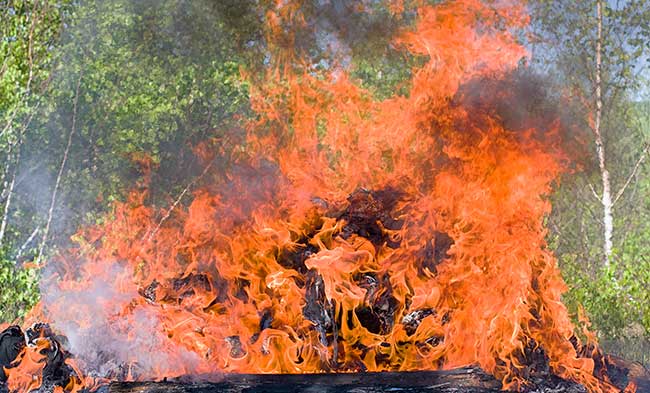
Is Propane Fire Pit a Fire Hazard?
Propane fire pits are considered safer for many reasons, as they do not produce smoke or embers. Also, the fact of controlled temperature remains. So they are not considered a fire hazard; however, gas pooling in the fire pit can cause serious blast or explosion.
Is Propane Fire Pit Safer than Wood?
It is considered that propane fire pits are safer than wood because they do not produce embers or sparks that wood-burning fire pits do, which are the main reason for fire disasters. Yet, you need to maintain safety precautions for both propane and gas fire pits.
Does the Propane Fire Pit Need an Air Mixer?
When using liquid propane or another flammable gas for an outdoor fire or fire pit, the Air Mixer is required; If you wish to use propane in your gas fire pit, you will also need an air mixer. Because liquid propane does not burn effectively without air, you may need an air mixer to mix the liquefied gas plus air to get a good fire going.
Are Propane Fire Pits Safe to Breathe?
As mentioned above, propane or gas fire pits produce carbon monoxide if used in an enclosed space. If inhaled, this is detrimental to health, so propane and natural gas fire pits should be used outside, where plenty of ventilation and carbon monoxide cannot develop.
Few Common Accidents Regarding Propane Fire Pit and Prevention
Even though propane fire pits are considered safe for their no smoke or ember trait, they still cause some unpredicted fire accidents. Below are some common accidents and some tips on how you can avert them;
- Fire pit tipping over and causing a fire: This accident happens due to not putting the firepit on a level surface. Before availing yourself of the warm amusement of the fire pit, make sure that you have placed the fire pit on a level surface or a firm base. Otherwise, it will tip over and cause a fire.
- Propane gas explosions: This is a severe and dangerous accident that might injure you or even cost your life. The liquified gas systems are delivered without proper pressure or leak testing. Before installing a propane fire pit, do the stress and leak testing. Also, inspect the pipelines, burners, and fuel tanks while cleaning maintenance.
Apart from these, if you have small children or a person who can not understand the dangers associated with the fire pit, use a smoke screen; it will prevent any human act accident.
Final Verdict:
Propane or gas fire pits are safe and can be enjoyed in low maintenance. Learn about the safety precautions and guidelines for propane fire pits before installing a propane fire pit. Always follow the manufacturer’s policy and enjoy its durability and portability.

